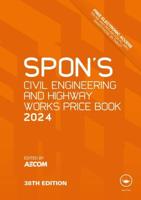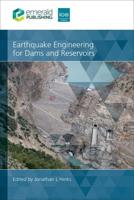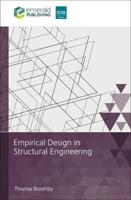Publisher's Synopsis
Given the need for better understanding of the behavior of rock masses, numerical modeling has become an invaluable tool. As computers become faster and cheaper, numerical modeling is starting to become a practical engineering tool rather than a tool used mainly for research. As such, it provides a bridge between laboratory experiments and field situations. This proceedings presents the most recent advances in rock mechanic research and practice, with many papers illustrating the power of numerical simulations to facilitate the understanding of complex behavior or the improvement of a challenging design. In addition, a number of case histories reinforce the notion of improving design through careful modeling. Finally, numerical analysis, in conjunction with the nondestructive technique of acoustic emission, is shown to produce information that can reveal actual microcracking mechanisms within rock.








